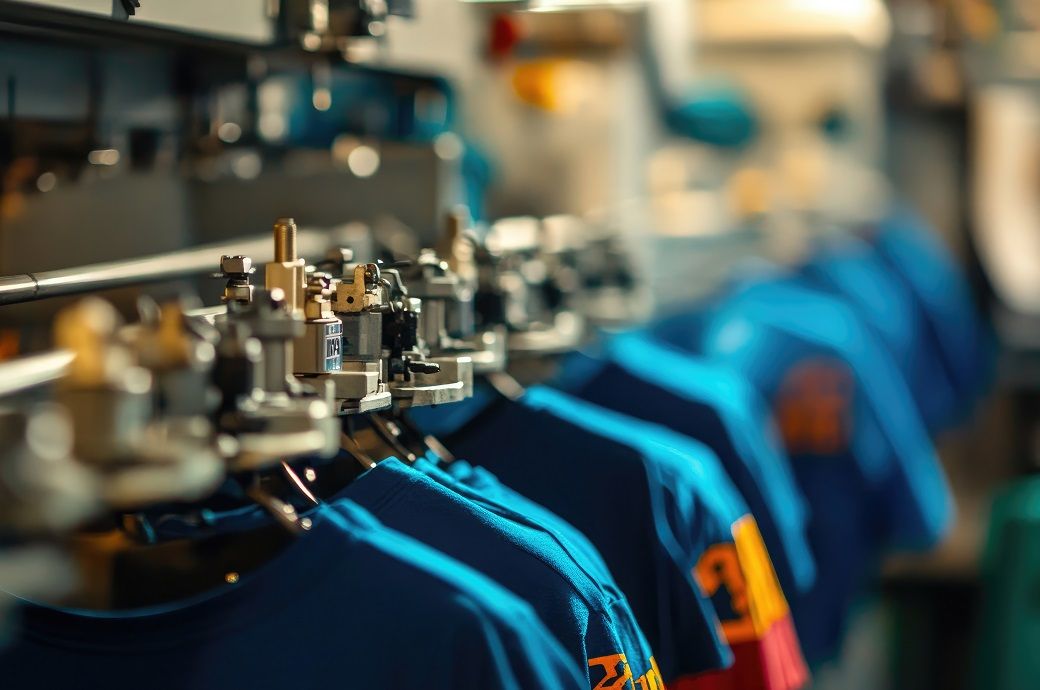
The rate of decline in production also quickened, while firms scaled back purchasing activity and inventory holdings. Latest data showed a sixth consecutive monthly worsening in the health of the manufacturing sector. The deterioration in December was more marked than that seen in November, but still only modest overall, S&P Global said in a press release.
Manufacturing production was down for the fifth successive month, with the rate of contraction the fastest in a year-and a-half. Lower output generally reflected a drop in new orders. After having neared stabilisation in the previous month, new business decreased at a faster pace in December. New export orders were also down, and to a greater extent than total new business.
Europe and Australia were among the export markets reported to have seen a reduction in demand. Where new orders decreased, this was often linked to a reluctance among customers to commit to new projects. In some cases, this reflected a pause ahead of the new administration taking power in January.
Business confidence declined after showing a significant boost in November. On the brighter side, employment saw a slight increase for the second consecutive month. However, manufacturers experienced a much steeper rise in input costs, leading to another round of selling price hikes.
However, survey respondents generally expressed optimism that the incoming administration would improve demand conditions in 2025. Manufacturers anticipated higher output in the new year, despite a drop in sentiment in December, which hit its lowest level since Augus, added the release.
Encouraged by positive expectations, firms modestly increased staffing for the second consecutive month, though the rate of job creation slowed, and stocks of finished goods saw their first reduction in six months.
Input cost inflation accelerated sharply in December, marking the fastest rise since August and aligning with pre-pandemic levels. Panellists attributed this to higher supplier charges and raw material costs. Consequently, firms raised output prices, with inflation reaching a three-month high. Prices have been on the rise since June 2020.
Additionally, suppliers' delivery times extended significantly, the worst delays since October 2022, driven by staff shortages and freight issues.
“US factories reported a tough end to 2024 and have scaled back their optimism for growth in the year ahead. Production was cut at an increased rate in December amid disappointing inflows of new orders. While November had seen a near-stabilisation of order books as uncertainty surrounding the election passed, reviving customer demand, this respite has proved temporary. Factories are reporting an environment of subdued sales and inquiries, notably in terms of exports,” said Chris Williamson, chief business economist at S&P Global Market Intelligence.
“Many firms are generally anticipating that business will pick up in the New Year, with respondents pinning hopes on expectations that the new administration will loosen regulations, reduce tax burdens and boost demand for US-made goods via tariffs. Confidence has consequently risen from a low-point last June, having jumped higher in November on the election result. However, this optimism has been pared back somewhat in December, as firms are now reporting worries over higher input prices, and are concerned that inflation may pick up again, adding to speculation that interest rates will not be cut as much as previously thought likely over the coming year,” added Williamson.
ALCHEMPro News Desk (SG)
Receive daily prices and market insights straight to your inbox. Subscribe to AlchemPro Weekly!